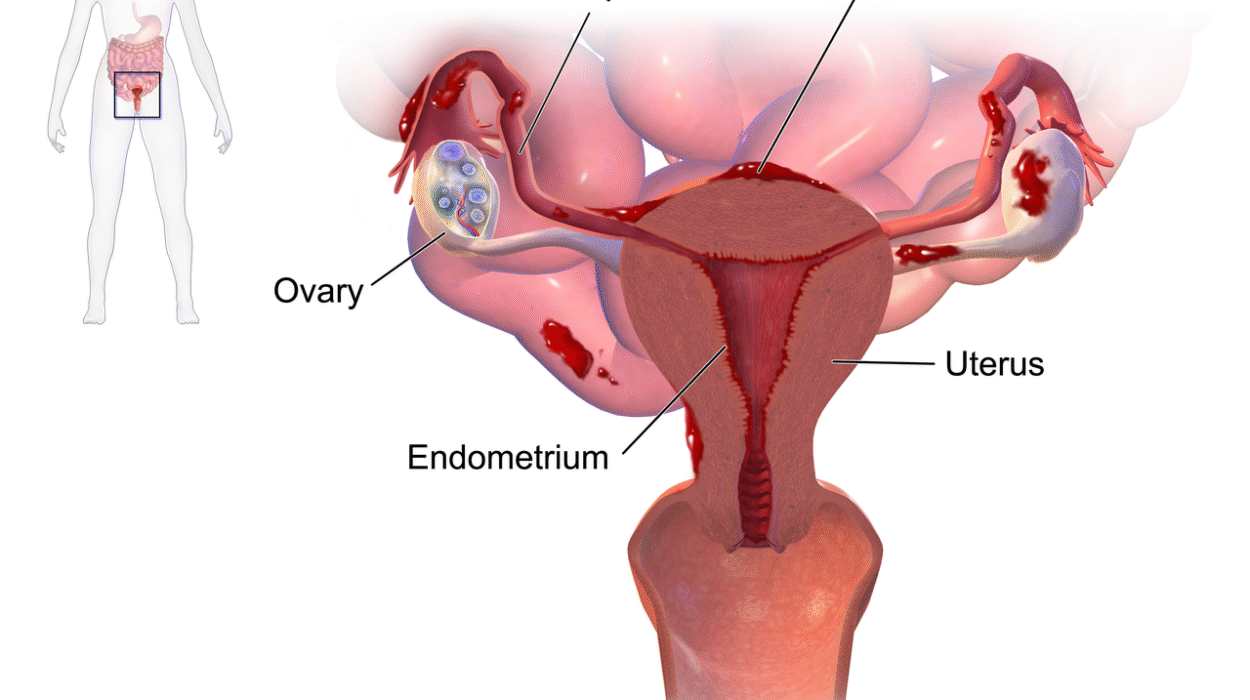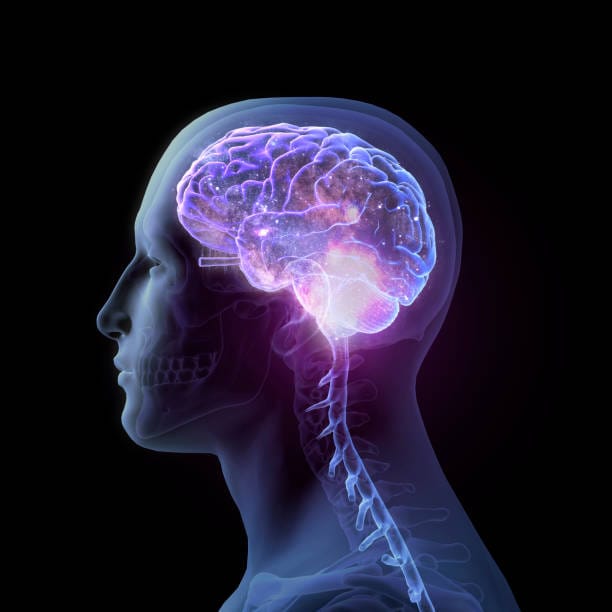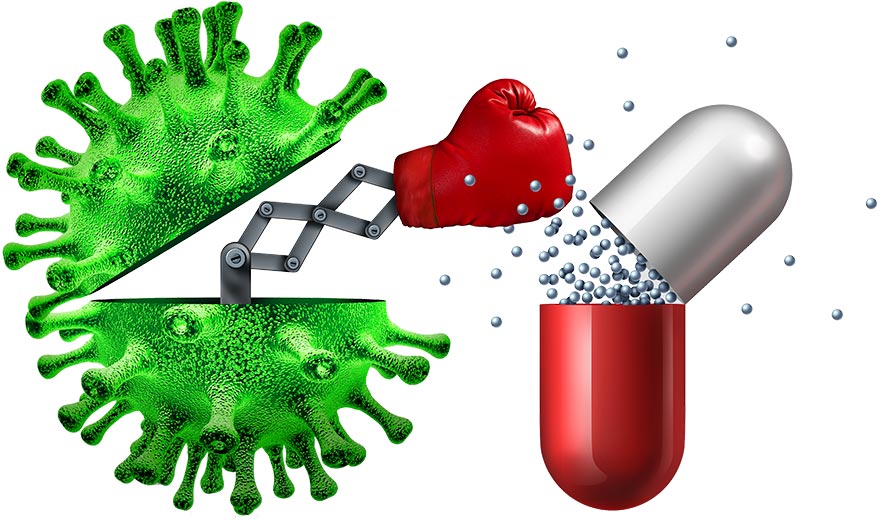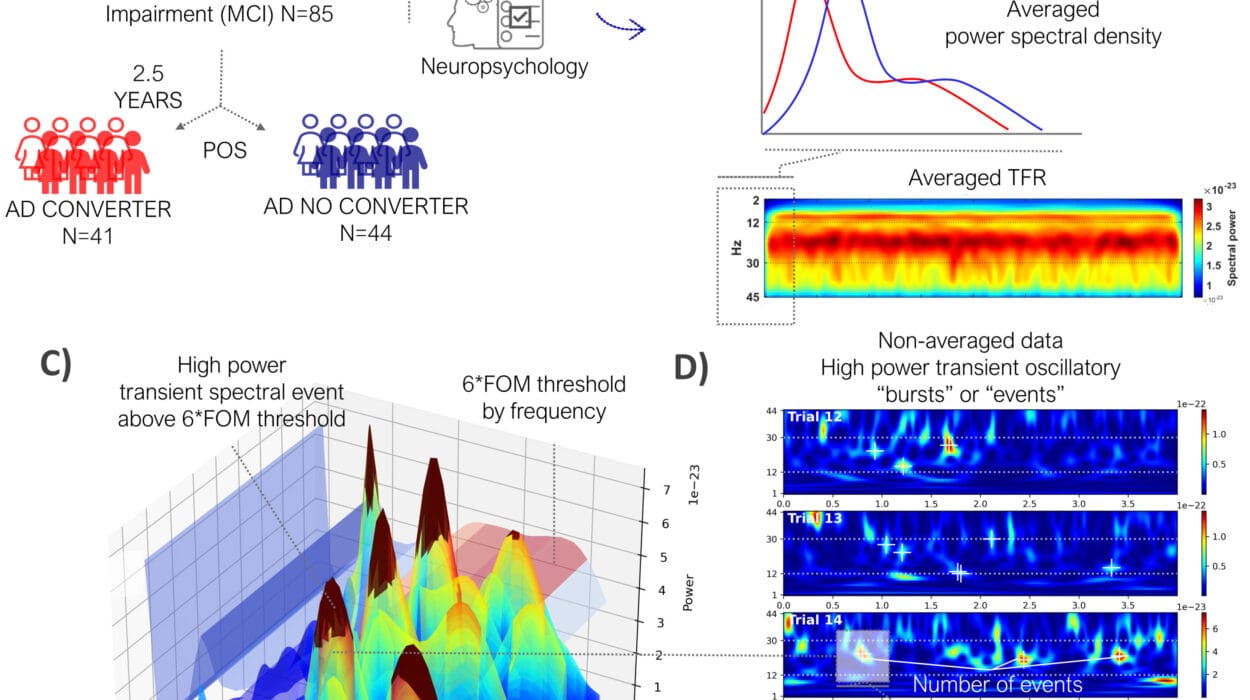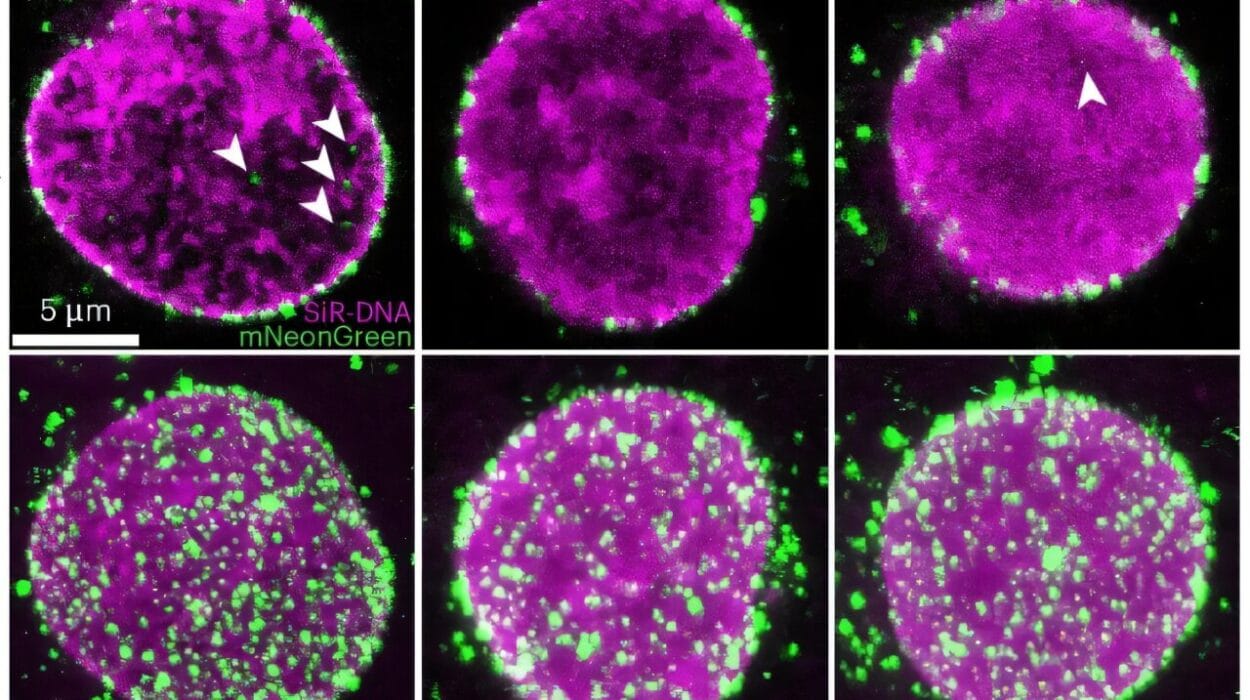Imagine a world where penicillin was never discovered, where insulin didn’t exist, or where HIV remained a guaranteed death sentence. These turning points in medicine did not happen by accident. They were born from rigorous, often painstaking, medical research—the tireless work of scientists, physicians, and technologists who transform ideas into life-saving treatments.
In today’s world, where diseases evolve and populations grow older, the demand for new medical treatments has never been more urgent. From cancer and Alzheimer’s to rare genetic disorders and pandemics like COVID-19, the medical world faces a mountain of challenges. Yet each year, through an intricate and fascinating process, new drugs, therapies, and surgical methods are born. But how does it happen? How do we move from a glimmer of scientific insight to a treatment that saves lives in hospitals around the world?
The answer is a journey that fuses creativity with discipline, theory with testing, ethics with ambition, and often, triumph with failure.
Let us walk through this world, not just to understand the steps but to experience the passion, pitfalls, and power of discovering new medical treatments.
The Spark: From Curiosity to Hypothesis
Every great medical breakthrough begins with a question. Sometimes it arises from curiosity—why does this molecule behave this way? Other times it’s born from urgency—why do patients with this condition stop responding to treatment?
Medical research is fundamentally rooted in observation. A doctor may notice an unusual pattern among patients. A scientist studying the molecular behavior of a virus might find an Achilles’ heel. A drug developed for one disease might unexpectedly improve another.
Take, for instance, the case of sildenafil. Originally studied for angina (chest pain), it unexpectedly caused increased blood flow elsewhere in the body, leading to its rebranding as Viagra for erectile dysfunction. Or think of aspirin—used since ancient times as a painkiller but later found to reduce the risk of heart attacks.
These moments are the first step: forming a hypothesis. A good hypothesis isn’t just a wild guess. It is an informed, testable prediction, rooted in prior evidence or theory.
“I think compound X will reduce inflammation in autoimmune diseases by blocking receptor Y.”
From there, the long road begins.
Preclinical Research: Into the Lab
Before anything touches a human body, it must pass through the laboratory. Preclinical research is where scientists test their ideas using cells, computer models, and animals.
This stage is critical. It answers several foundational questions:
- Is the treatment likely to be effective?
- How does it work?
- What are the possible side effects?
- What dose might be safe?
Let’s imagine researchers are working on a new antiviral drug. They might start with in vitro testing, applying the compound to virus-infected human cells in a petri dish. If the virus stops replicating without harming the cells, they have a green light to go further.
Next, they might move to in vivo testing, usually using mice, rats, or other model organisms. Animal testing remains controversial but currently irreplaceable for understanding whole-body interactions. Researchers examine how the drug is absorbed, metabolized, and excreted—its pharmacokinetics. They also watch for toxicity and organ damage—pharmacodynamics.
All this happens under strict regulation and ethical oversight. Every step must be documented, and all findings peer-reviewed. If results look promising, it’s time to take the leap toward human trials.
Clinical Trials: The Human Chapter
Human trials are the crown jewel of medical research—but also the riskiest and most expensive part. A single clinical trial can cost hundreds of millions of dollars and take years to complete. But it’s also the only way to determine if a new treatment actually works and is safe for people.
Clinical trials are conducted in phases, each with a specific goal.
Phase 1: Safety First
This phase involves a small number of healthy volunteers (20 to 100). The primary focus is safety—finding the highest dose that doesn’t cause unacceptable side effects.
It’s here that researchers determine how the drug behaves in the human body. Participants are closely monitored, often in clinical settings, and the trial is halted if major issues arise.
Phase 2: Does It Work?
If Phase 1 goes well, the drug moves into Phase 2, which involves a few hundred patients with the disease or condition being studied.
Here, researchers look at efficacy—does the drug actually do what it’s supposed to? This phase also continues to assess safety, refining the dosage and identifying common side effects.
Some drugs fail here—they may work in mice but not in humans, or they may trigger unexpected reactions.
Phase 3: The Big Test
Phase 3 trials involve thousands of patients, often across multiple countries and hospitals. These are randomized, double-blind, placebo-controlled studies—the gold standard in research.
Neither patients nor doctors know who’s receiving the treatment versus a placebo (or existing standard therapy). This eliminates bias and helps draw reliable conclusions.
Researchers compare outcomes: does the drug reduce symptoms better than current treatments? Does it prevent hospitalizations? Extend life?
A successful Phase 3 trial is often the basis for regulatory approval. But failure at this stage, after years and millions of dollars, can be devastating.
Phase 4: Life After Approval
Even after approval, the story isn’t over. Phase 4 trials monitor the drug in the general population. Rare side effects might only emerge after millions use it. New benefits might be discovered. Adjustments may be needed.
This is where pharmacovigilance and post-marketing surveillance kick in—vital to long-term safety.
Behind the Scenes: The Role of Basic Science
While clinical trials grab headlines, much of medical research is grounded in basic science—the unglamorous work of understanding biology at its most fundamental level.
Without knowing how cancer cells divide, we can’t design drugs to stop them. Without understanding the immune system, we can’t make effective vaccines.
Basic scientists study molecules, cells, genes, and biochemical pathways. They don’t always aim for treatments directly. But their discoveries pave the road.
Consider CRISPR, the gene-editing tool. It was born not from medical labs but from microbiologists studying how bacteria fight viruses. Today, it’s revolutionizing medicine, from curing genetic diseases to engineering immune cells to fight cancer.
Basic research is the deep well from which all clinical advances draw their water.
The Power of Translational Research
So how do we bridge the gap between the lab and the clinic?
Enter translational research—often called “bench to bedside” science. Its goal is to convert basic discoveries into real-world applications.
Let’s say a lab discovers a protein that triggers asthma. Translational researchers might develop a drug that blocks that protein, test it in animal models, and design early-stage clinical trials.
This field demands collaboration: biologists, chemists, pharmacologists, engineers, and clinicians working as a team. Universities, hospitals, biotech companies, and governments all play a role.
It’s a relay race where ideas are passed hand to hand, each expert building on the last, until a therapy emerges.
Modern Tools: Technology Reshaping Discovery
Twenty years ago, mapping a single human genome took a decade. Today, it can be done in hours. This explosion in technology is transforming how we discover treatments.
Artificial Intelligence
AI algorithms can analyze millions of compounds, model drug interactions, predict side effects, and even design new molecules. In oncology, AI can spot patterns in scans or predict how tumors will respond to therapies.
During the COVID-19 pandemic, AI helped identify potential antiviral candidates in record time.
Big Data and Bioinformatics
Massive datasets—genomic, proteomic, epidemiologic—allow researchers to identify disease trends, genetic risk factors, and treatment responses across populations. This enables personalized medicine: matching the right treatment to the right patient.
For example, HER2-positive breast cancer patients benefit from Herceptin, a drug tailored to their tumor’s molecular signature.
3D Printing and Biotech Engineering
Scientists can now 3D print tissues, create organoids that mimic human organs, and simulate drug effects more precisely than ever. These tools reduce the need for animal testing and speed up development.
mRNA Technology
Long studied but underutilized, mRNA became a household word thanks to COVID-19 vaccines. This platform is now being explored for cancer, HIV, and even autoimmune disorders.
It allows rapid design, scalability, and adaptability—hallmarks of modern therapeutic development.
Ethics, Equity, and Regulation
Medical research doesn’t exist in a vacuum. It operates within a framework of ethics, law, and public trust.
Researchers must follow strict guidelines to ensure patient safety, informed consent, and data transparency. Regulatory bodies like the FDA (U.S.), EMA (Europe), and national health authorities vet every application with scrutiny.
History has shown what happens when ethics are ignored—from the Tuskegee syphilis study to forced sterilizations. Today’s researchers must address not only scientific rigor but moral responsibility.
There’s also the question of access. A drug is only as valuable as its availability. New treatments often come with high price tags, raising concerns about equity. Global health organizations work to balance innovation with affordability.
And increasingly, patient voices are central. Advocacy groups now help shape trial design, push for rare disease research, and demand transparency.
Failure: The Unseen Foundation
For every new treatment that succeeds, dozens fail. Some show no effect. Others prove unsafe. Some run into manufacturing problems, or can’t secure funding.
These failures are not wasted—they teach researchers what not to do. They refine methods, challenge assumptions, and spark new hypotheses.
In fact, many breakthroughs rise from the ashes of failure. The key is perseverance.
Thomas Edison once said he didn’t fail 1,000 times to make the lightbulb—he discovered 1,000 ways it wouldn’t work.
Medical research is no different.
Stories That Changed the World
Sometimes, a discovery changes medicine forever. Consider these milestones:
- Penicillin, discovered by Alexander Fleming in 1928 by accident, saved millions during WWII and launched the antibiotic era.
- Insulin, isolated by Frederick Banting and Charles Best, turned diabetes from a death sentence into a manageable condition.
- Polio vaccine, developed by Jonas Salk, helped eliminate one of the 20th century’s most feared diseases.
- Antiretrovirals, created in the 1990s, transformed HIV from a death sentence into a chronic condition.
- CAR-T therapy, using engineered immune cells to destroy cancer, offers hope to patients with previously incurable leukemia.
Each of these began as an idea—and became a lifeline.
What the Future Holds
The pace of medical research is accelerating. In the next decade, we may see:
- Cures for genetic diseases using CRISPR.
- Cancer vaccines that train the immune system to seek and destroy tumors.
- Regenerative medicine that rebuilds organs from stem cells.
- Brain-computer interfaces restoring function in paralysis or Alzheimer’s.
- Universal antivirals to halt future pandemics in their tracks.
The future is not just bright—it’s transformational.
But it depends on investment, collaboration, and trust. And on researchers who keep asking the hardest, most human questions: What hurts? What heals? What’s next?
Conclusion: The Ever-Evolving Story
Medical research is not a linear path. It is a complex, dynamic, and deeply human process. It requires creativity, collaboration, courage, and compassion.
It begins with curiosity and ends with care—with one life changed, then another, until a ripple becomes a revolution.
Behind every pill, every shot, every surgery, there’s a story. One that begins in a lab, grows through trials, and becomes real in the moment a patient says, “I feel better.”
That’s the magic of medical research—not in the machines or molecules, but in the lives it touches. And that story is still being written, every day.

